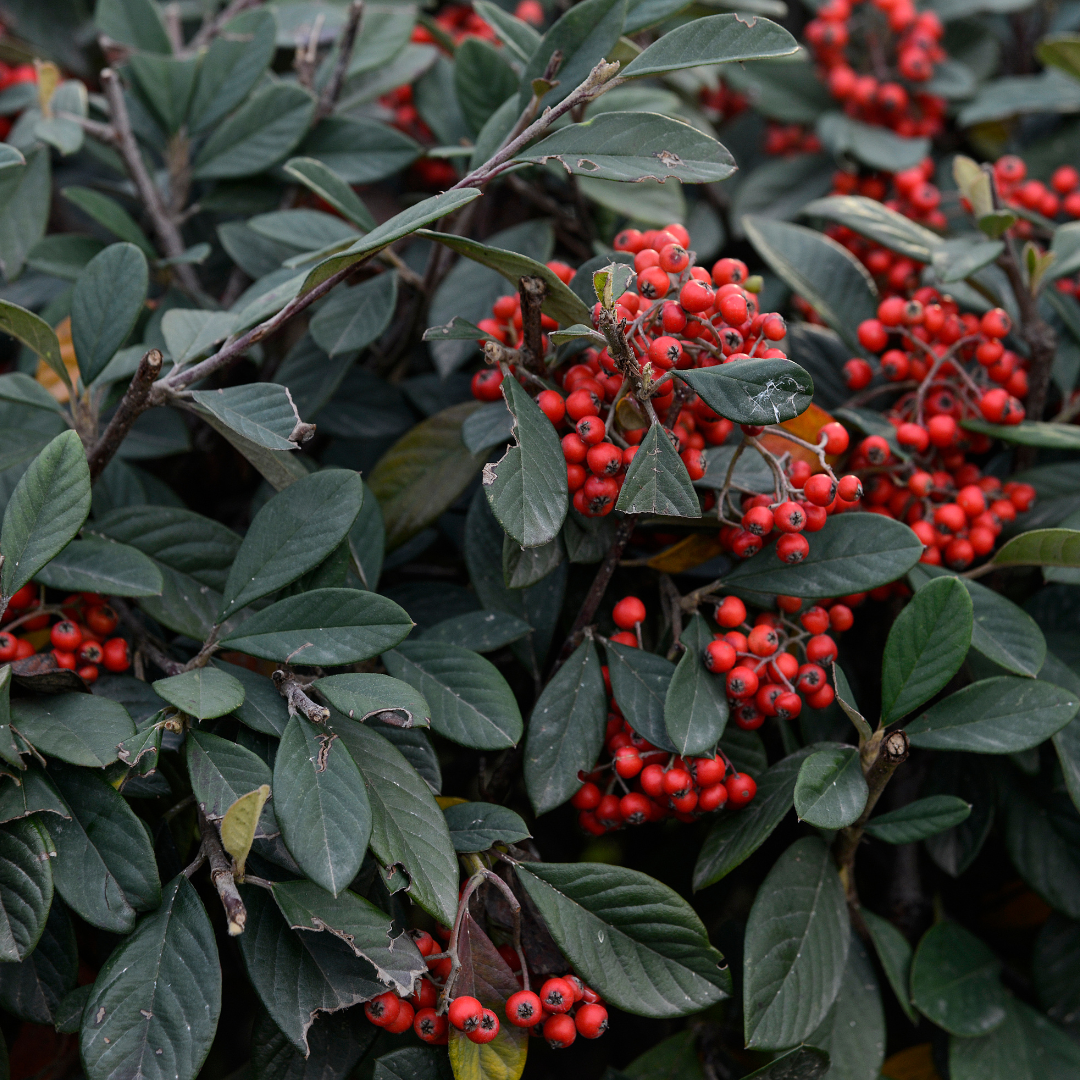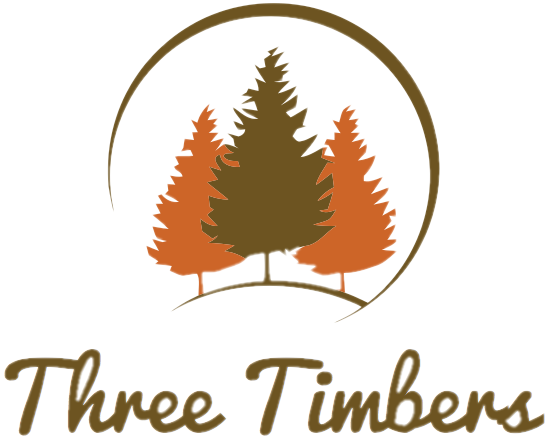My Store
Desert Hackberry
Desert Hackberry
Couldn't load pickup availability
Plant Type: shrub
Plant Height: 8-15 feet
Spread: 8-15 feet
Flower Color: greenish-yellow
Sun Exposure: Full Sun, Partial Shade
Desert Hackberry (Celtis pallida): A Hardy, Wildlife-Friendly Choice for Arizona Landscapes
The Desert Hackberry (Celtis pallida) is a tough, resilient native shrub or small tree, ideal for Arizona’s hot, dry climate. Known for its adaptability and low water requirements, this desert native offers unique benefits to xeriscapes and native gardens, providing food and shelter for local wildlife while adding natural beauty to the landscape.
Key Features of Desert Hackberry
- Size and Form: The Desert Hackberry grows 8 to 15 feet tall and wide, with the potential to reach 25 feet in optimal conditions. Its dense, rounded form creates a lush, full appearance and is well-suited for natural screens or hedges.
- Foliage and Flowers: The plant's small, leathery green leaves provide year-round greenery. In spring, small, unassuming flowers bloom, leading to bright orange or red berries that persist through fall and winter.
- Berries for Wildlife: The bright berries serve as a vital food source for birds and other wildlife, making this shrub a fantastic choice for those interested in supporting native fauna.
Growing and Care Tips
The Desert Hackberry is well-suited to Arizona’s arid landscape and requires minimal care:
- Sunlight: Thrives in full sun but tolerates partial shade, making it flexible for various landscape settings.
- Soil: Prefers well-draining soil but adapts to a variety of soil types, even those with low fertility.
- Watering: Highly drought-tolerant once established, requiring little to no supplemental water, ideal for water-wise landscaping.
Landscaping Uses
The Desert Hackberry is versatile and well-suited for many landscape applications:
- Natural Screens and Hedges: Its dense growth habit makes it ideal for creating privacy screens or windbreaks.
- Wildlife and Native Plant Gardens: Plant it as part of a native garden to attract and support local wildlife, especially birds.
- Soil Stabilization: Its deep root system aids in soil stabilization, making it beneficial for erosion-prone areas.
Summary
The Desert Hackberry is a valuable addition to Arizona landscapes, offering resilience, low maintenance, and ecological benefits. Perfect for xeriscapes, wildlife gardens, and native plantings, this shrub adds year-round greenery, seasonal color with its berries, and vital support for local wildlife. For Arizona gardeners seeking a sustainable, drought-tolerant plant that enhances both beauty and biodiversity, the Desert Hackberry is an exceptional choice.
Three Timbers Installation Guide (Feel Free to Follow): Desert Hackberry
Planting Guide:
- Location: Full sun (at least 6 hours of direct sunlight daily for optimal growth)
- Soil: Well-drained, sandy or loamy soil (slightly acidic to neutral soil preferred)
- Spacing: Space trees 12-15 feet apart to allow for proper growth and air circulation
- Planting Depth: Plant at the same depth as the root ball, ensuring the top of the root ball is level with the surrounding soil surface
- Support: Desert Hackberry grows as a medium-sized tree and typically requires no staking, though young trees may benefit from some support until they are established
Watering Guide:
Watering After Planting:
- Initial Watering: Water thoroughly immediately after planting to saturate the root ball and surrounding soil
- Frequency: Water every 3-4 days for the first 2-3 weeks to help establish the root system
- Watering Amount: Provide 2-3 inches of water per session for deep watering
When is the Plant Established?
- Timeframe: Desert Hackberry is considered established after 4-6 months when the roots have spread into the surrounding soil and the tree begins showing consistent new growth
Watering Once Established:
- Summer: Water every 14-21 days during the hotter months. If temperatures exceed 100°F, increase watering to every 10-14 days. Provide 2-3 inches of water per session.
- Winter: Water every 4-6 weeks during the cooler months, depending on rainfall.
Drip Irrigation Setup:
- Placement of Emitters: Place the drip emitters 24-36 inches away from the base of the tree to ensure deep watering of the root zone
- Flow Rate: Use emitters with a flow rate of 2-4 gallons per hour for slow, deep watering
- Number of Emitters: 2-3 emitters per tree to ensure even water distribution
- Adjusting Frequency: Increase watering frequency in summer to every 10-14 days. In winter, reduce to every 4-6 weeks
Share












